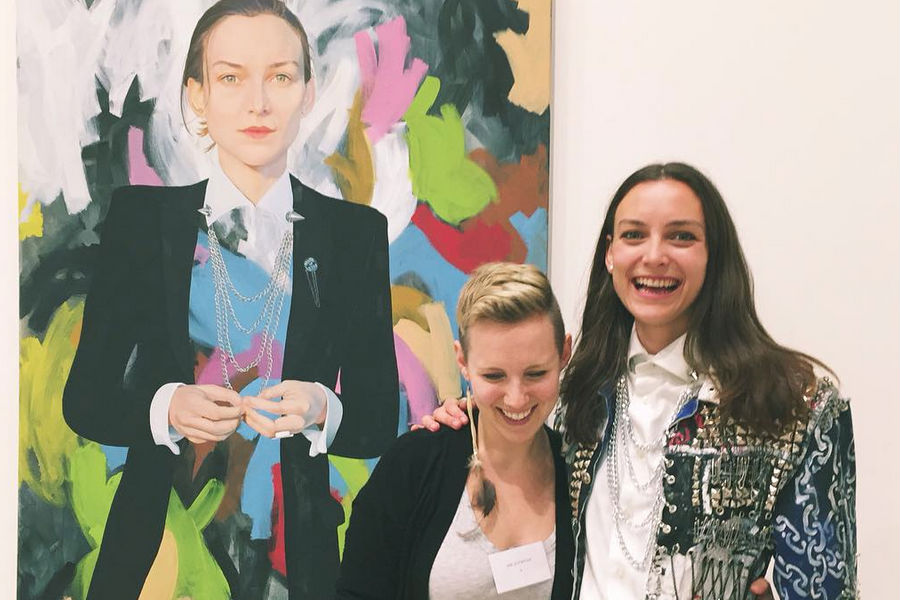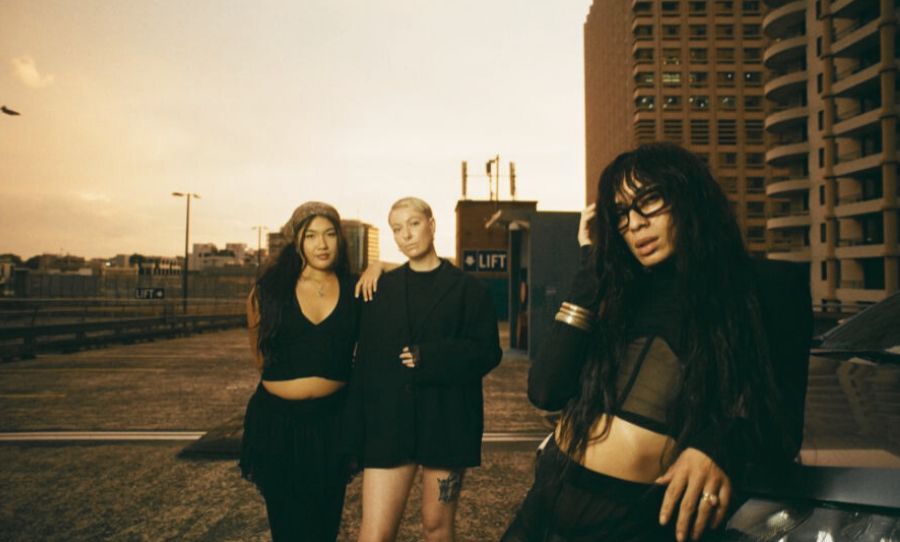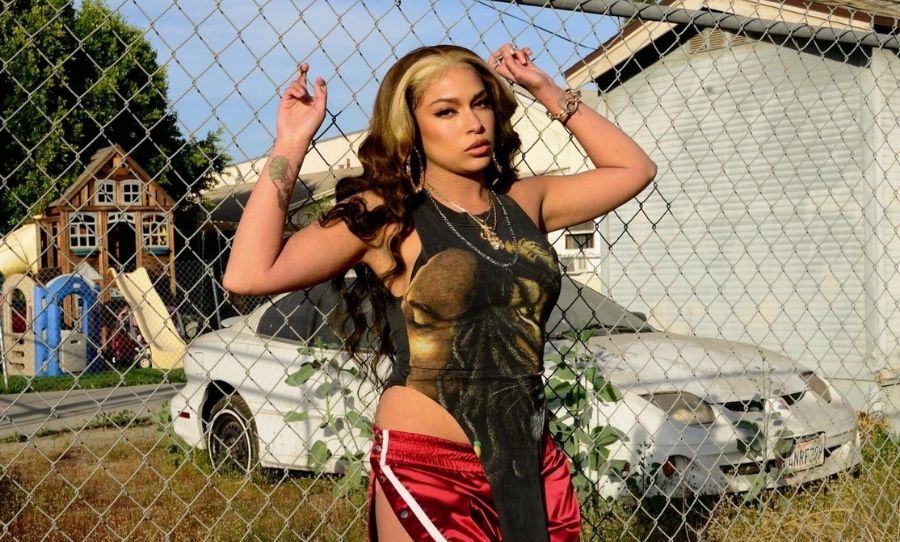New research has shown that female visual artists are currently experiencing a pay gap as large as 50% less than their male counterparts. Even while 74% of art school graduates are women, these numbers just aren’t being reflected when it comes to women making art their livelihoods.
The study took into consideration 1.5 million artworks sold at auction over 40 years, from 60,000 distinct visual artists from 45 different countries. In speaking of the study’s importance, researcher Marco Navone remarked “Even when we withdrew all the paintings above $1 million – the stars, like Leonardo da Vinci – you still see a gender pay gap of 28 per cent.”

A study taking into account more than 1.5 million art sales has revealed a horrendously large pay gap between men and women in the arts.
“As we suspected, people could not guess the gender of the artist,” says Navone. “But some people – especially men, people with a higher income, and those who visit art galleries and museums more frequently – tended to rate the painting lower if they thought the artist was a woman.”
The study has shed light on the conversation which continues to be a necessary part of the visual arts industry, indeed the arts and entertainment industry in general. In response to the research, renowned art gallery owner and dealer Roslyn Oxley was hardly surprised at the results.
“Every sector is dominated by men, and the art world’s no different,” she says. “The directors of galleries until recently were all men. The curators until recently were all men… All the auction houses are run by men, and men relate to men.”
These numbers are only supporting the already widely acknowledged reality of the misogyny within the art world, the sexualisation and exploitation of female artists, as well as the lower expectations and opportunities offered to women throughout their careers.
If this research project has shown us anything, it is that those directly and indirectly contributing to the sale and creation of art have a responsibility to continue the support and recognition of female artists.
This article originally appears here.



